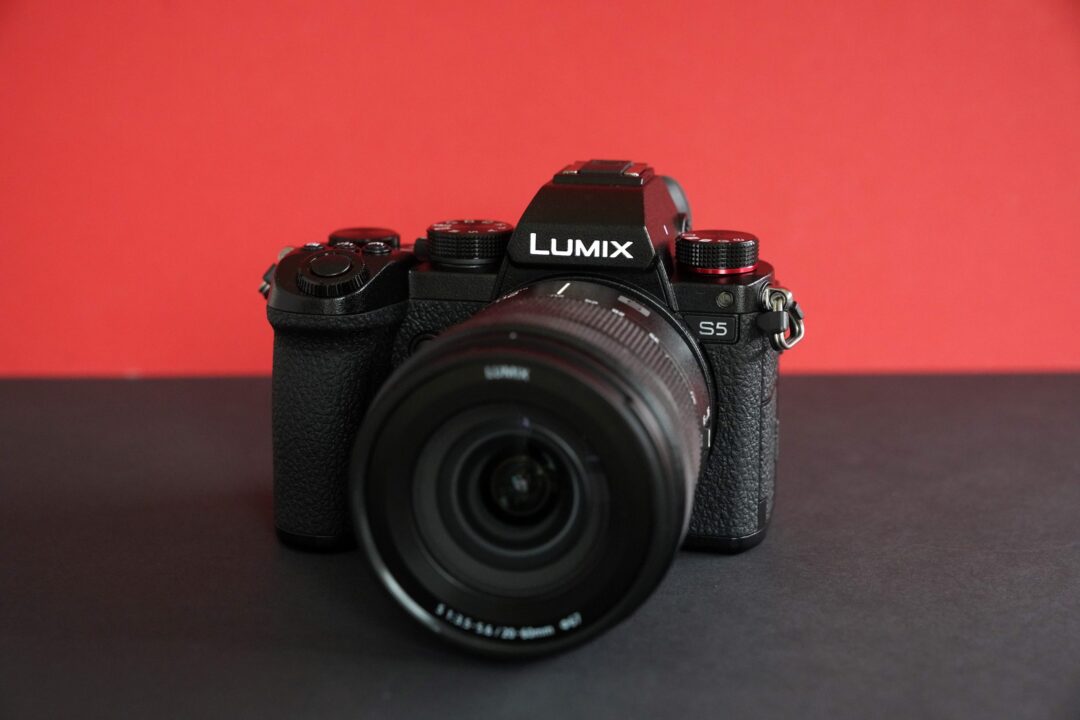When Panasonic launched full-frame system cameras, it hit like a ‘bomb’ in the photo industry. At least there were many who were surprised. Until then, in 2018, Panasonic had exclusively made system cameras with MicroFourThirds format. They still do, so why launch full-frame cameras?
Part of the reason for the sudden change in strategy is that Panasonic saw that the market was shrinking and that in many ways they had reached a saturation point technologically in the MFT format, while competitors such as Sony, Canon and Nikon worked hard to create a market for mirrorless full format cameras.
That is, with a 24 x 36 mm image chip, against the APS-C format’s 15.7 x 23.5 and the MFT format’s 13 x 17.3 mm.
To meet the competition in the growing full-frame market, Panasonic entered into an alliance with Sigma and Leica, and Panasonic created a new camera system called Lumix S. And launched the Lumix S1R with a 47 Mp full-frame image chip, the Lumix S1 with a 24 Mp image chip, and the more video-centric Lumix S1H with 24 Mp and even more advanced 4K video features.
But as usual with full format cameras, they get relatively large, but Panasonics were much larger than the competitors’ cameras. With the exception of the Leica SL. Unfortunately, the S lenses of the L system followed in the same slot and a Lumix S1 with a 24-105mm f4 zoom, is a voluminous combination of almost 1.6 kg.
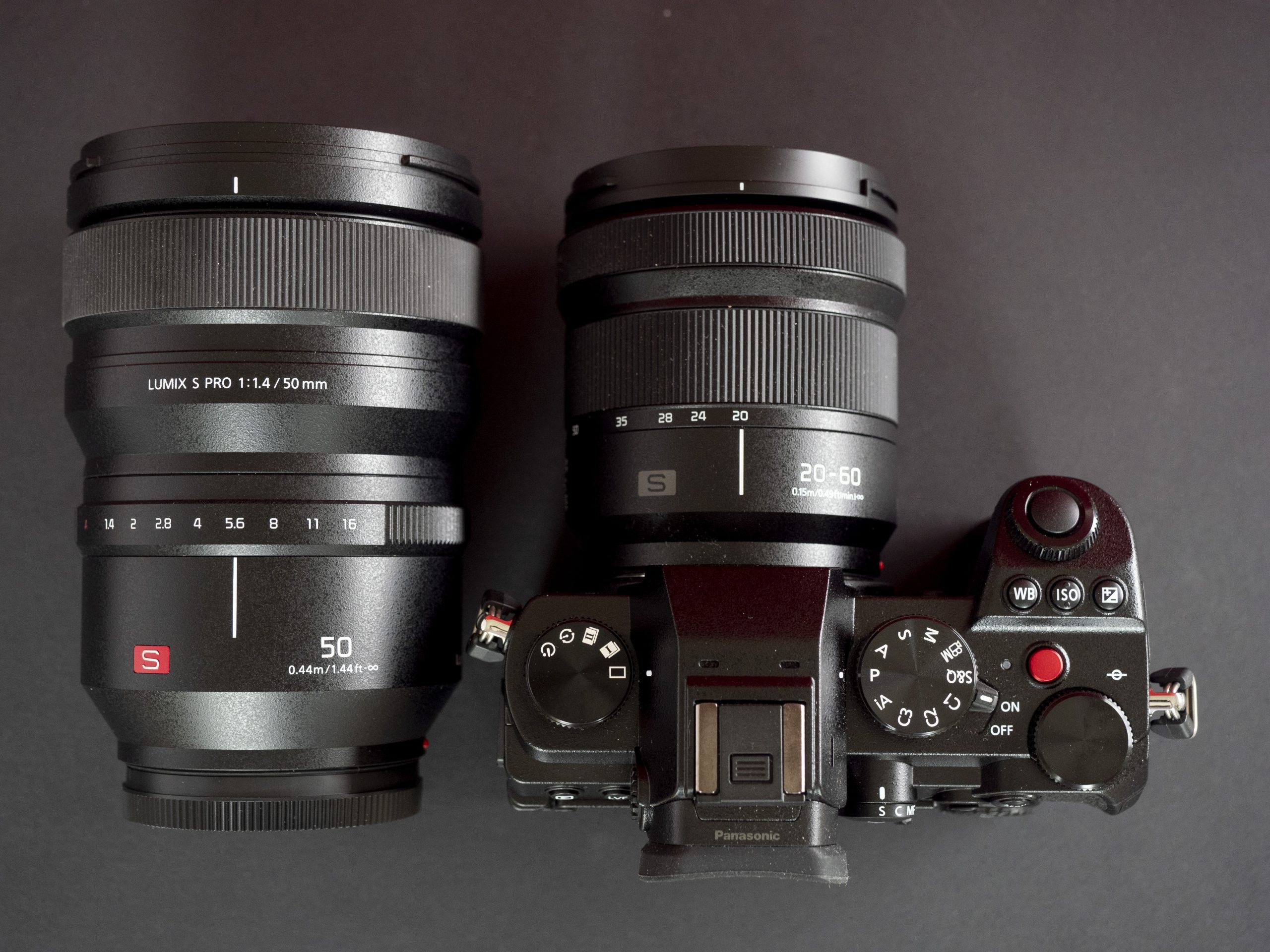
Panasonic itself said that the size was related to the quality and how robust they could build the camera, and we believe that. Rarely have we had something so solid in our hands in a camera test.
But not everyone needs an armored camera, something Panasonic has realized, because here is the Lumix S5. A far more compact full-frame camera, with a handy 20-60mm zoom, where most of the technology inside is taken from the larger Lumix S1.
Compact and affordable
The Lumix S5 is not only smaller than the S1. It is also smaller than the Lumix GH5 with MFT format, and with the included Lumix S 20-60mm f3.5-5.6, this is a compact and travel-friendly camera package, at a far from deterrent price.
When you also see that you mostly get a Lumix S1 technically, this seems like a very good buy.
You get a 24 Mp CMOS image chip with a five-axis image stabilizer, and the option of 96 Mp resolution, when the camera is on a tripod. This opens up opportunities not found in many other cameras.
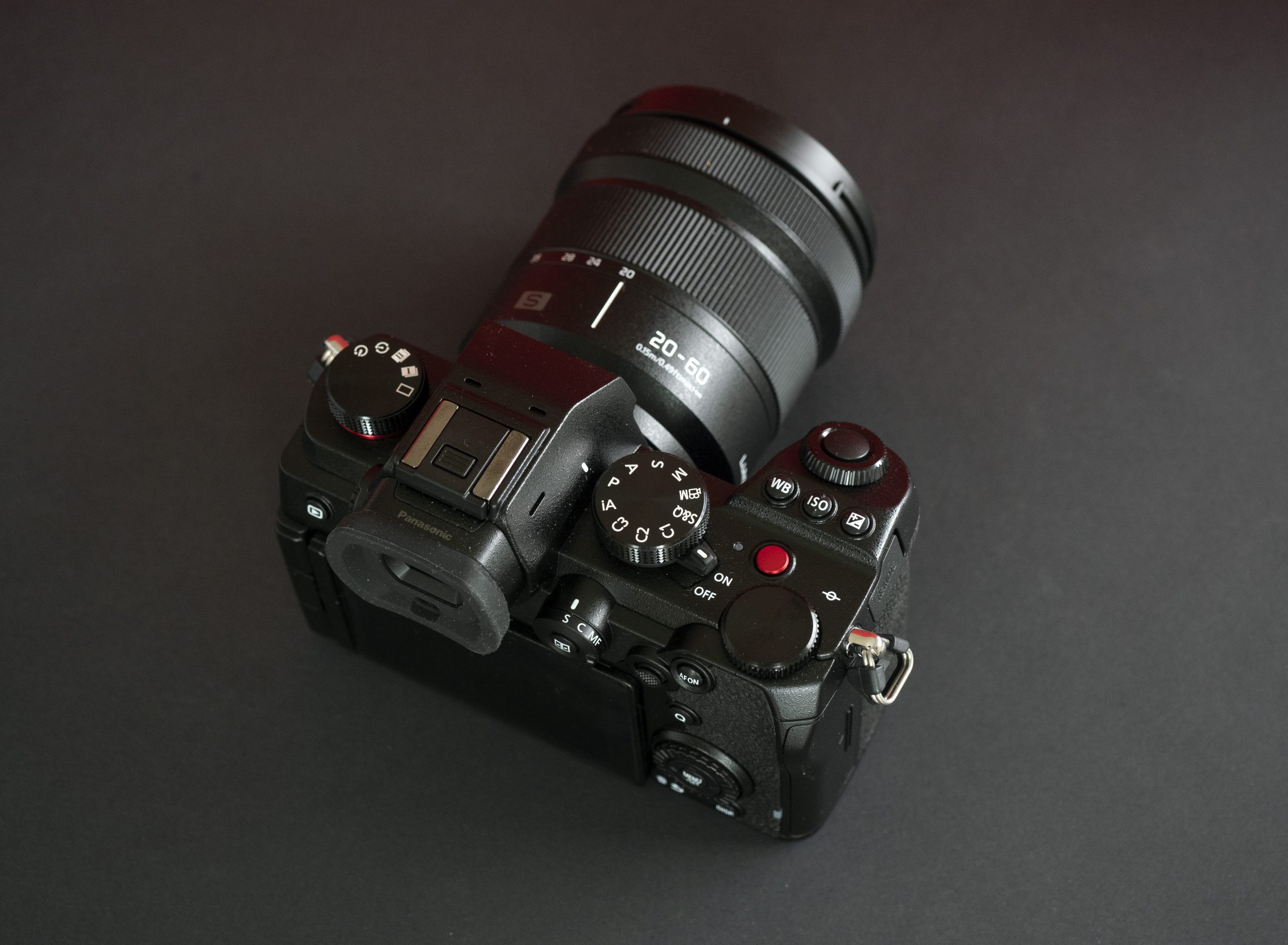
4K-video
Lumix S5 is a very competent camcorder with possibilities for recording of very high quality. There is even a separate, large red, shooting button on top of the camera. Just like on the professional cameras of Panasonic.
It has well-specified 4K / 25p video from the entire image area in 10-bit 4: 2: 2 (up to 200 Mbps in H-265), or 50p in APS-C format with 10-bit 4: 2: 0. These are high-level video features, which together with 10-bit HLG and Log recording provide an excellent starting point for creating professional-quality video.
The camera can record video for 30 minutes at the highest resolution and file quality, but infinitely in 4K or 1080 HD with 8-bit 4: 2: 0.
The Apple program modes also work on video, (PASM) and the camera has Panasonic’s variable frame rate – frame rate – which can be found under Slow & Quick on the program wheel. With S&Q enabled, you can control the frame rate in many steps from 1 fps (50x fast), to 180 fps (36 x slow) shooting.
You can also capture still images in 6K – or 4K resolution with 30 or 60 fps frame rate from a video stream, and thus get exactly the one image you want.
There is also a microphone and headphone connection, and you can save style photos on one of the memory cards, and video on the other. Or use both for everything.
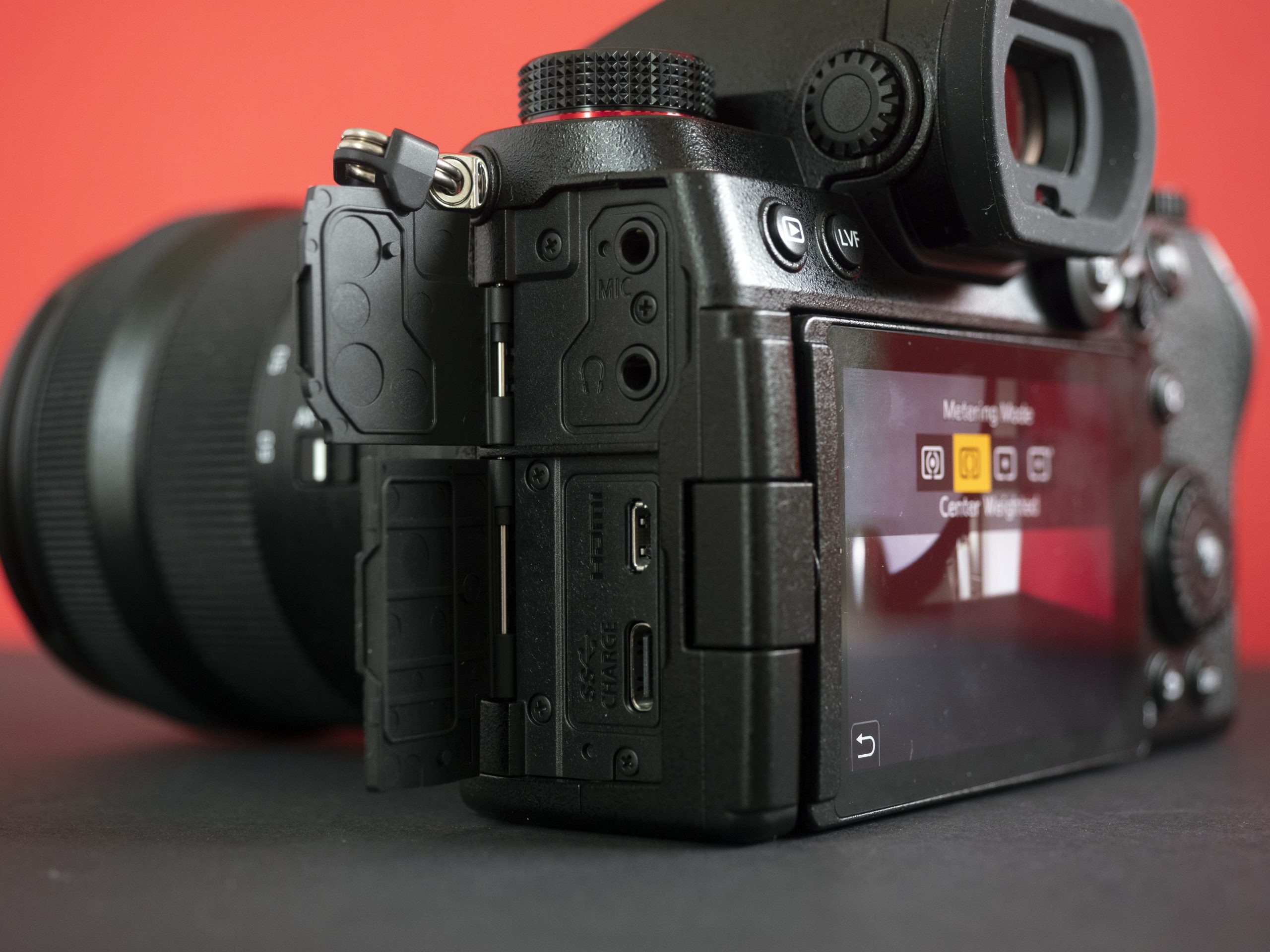
Autofocus and continuous shooting
Panasonic has an autofocus system they call Depth from Defocus, which works great on individual still images and continuous shooting without panning, if the subject does not move fast. The contrast-based DFD system calculates the distance to the subject and floats the focus group in the lens after the subject for sharp focus.
It used to work well up to a point, but now Panasonic has improved the DFD in the S5, which has a much better focus algorithm that is far better at finding, holding and following focus on moving subjects. The autofocus is able to follow a face even when the person turns away for a second, or disappears behind an object. And that applies to both still images and video recordings.
So the autofocus is experienced as an improvement on the S5, but the shooting rate is moderate seven frames / s. Or five if you want autofocus between each image on continuous shooting. It is lower than what the Lumix S1 manages with its nine, lower than the Sony a7 III with 10 bps, and much lower than the Nikon Z6 II with its 14 bps. In other words, this is not a sharp-shot action camera.
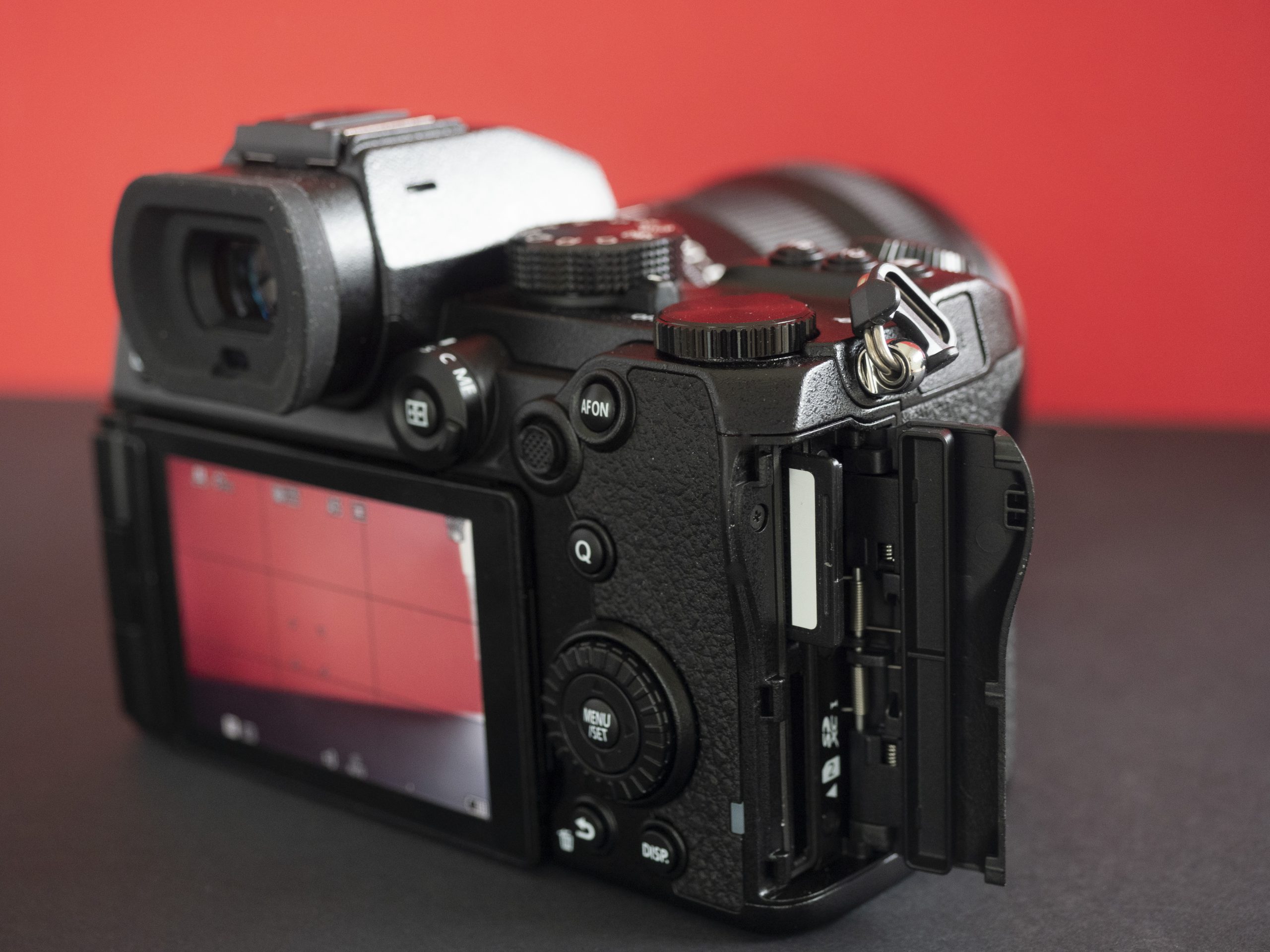
Live composite and high resolution 96 Mp
But it can do a lot of other tricks. Som Live Composite. Nice to use if you want to take pictures of the starry sky, or just pictures in the dark. You set the camera to the number of exposures and intervals, then the camera takes the specified number of exposures on top of each other where changes in light are registered. This way you can, among other things, make star stripes or create other light effects in the pictures. Not all cameras can do that at all.
It also has time lapse for those times you want to put together a video stream of individual images taken at intervals.
Not high resolution exposure either. Here it works so that the image stabilizer moves the image chip eight times while the camera generates a 48 or 96 Mp image file. That is four times as high a resolution as the image chip in the camera has.
There are two setting options in the HR menu, one that prioritizes resolution and detail sharpness, and one that analyzes the movements in the subject, and uses data from the first shot to reduce motion blur.
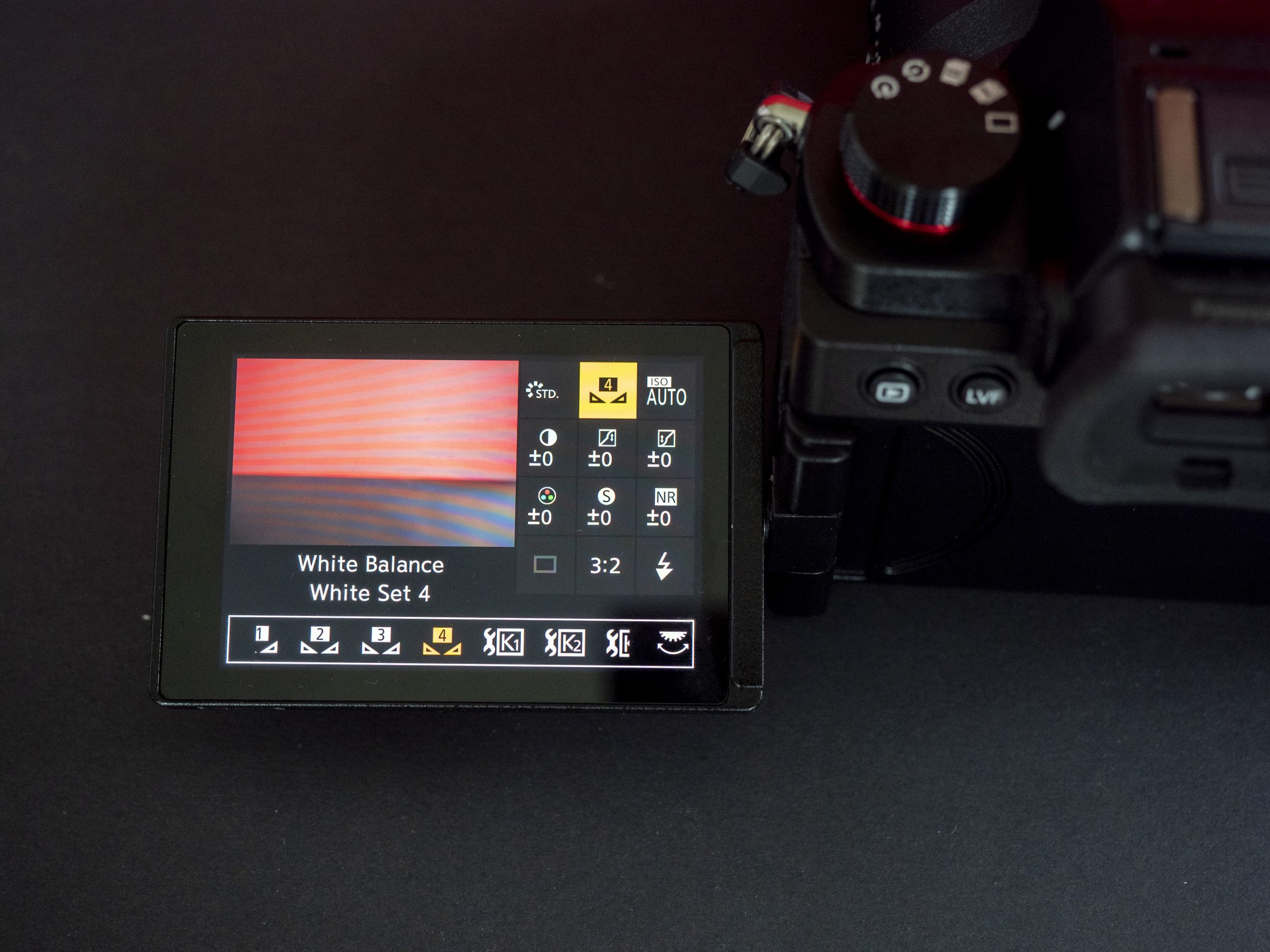
Panasonic Lumix S5 image quality
You absolutely do not have to worry about the image quality from the S5. It is on par with the best full-frame cameras, and delivers excellent image dynamics with very little image noise at high ISO.
The sharpness of detail with sharp lenses like the Lumix S 50 is almost on par with the S1R’s 47 Mp, and the image dynamics are almost at the same level, and even better than the reference Sony a7 III at all ISO values at least up to 3200. On A2 prints , you do not see the difference, and it says a bit about how much it is to pick up on the image chip in the camera. Which is without a low-pass filter, so that being said.
I think that Panasonic has been honored by color, and the depth of color reproduction in the photos from the S5, is on a par with the best in full format class. Like the Canon EOS R5 and Nikon Z7.
The video quality of 4K must be mentioned. You will not find it better in this class. 4K video has very good sharpness without visible image noise, and there are moderate amounts of rolling shutters or panning artifacts here. Even the sound from the built-in microphones is good.
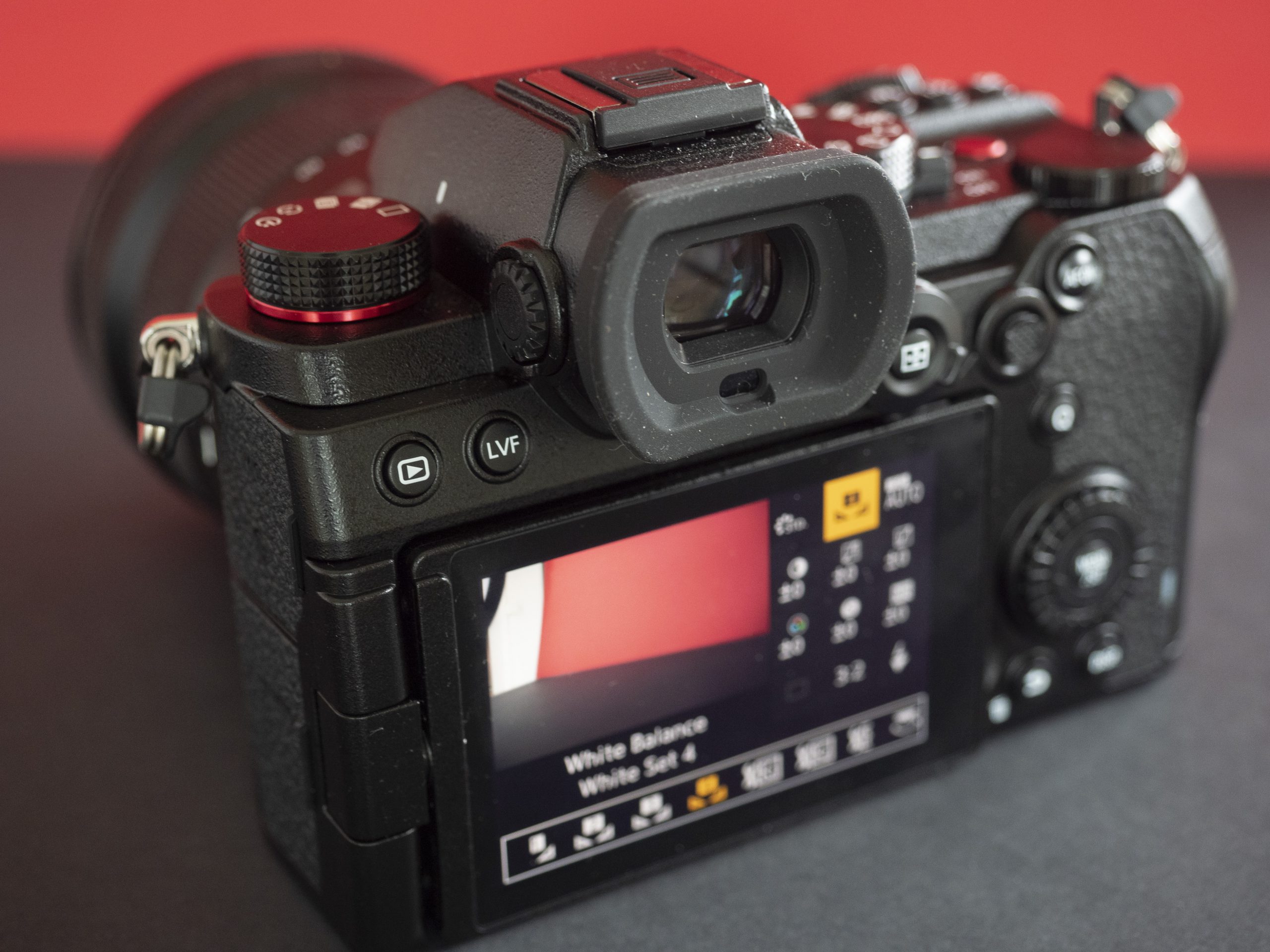
In use
The compact Lumix S5 is an excellent camera for those who need a tool for portrait photography, because the image dynamics in combination with the color reproduction, favor natural skin tones with a tonal range that is as created for finishing raw files.
Although smaller than a Lumi’x S1, the handle is of comfortable size.
Buttons and steering wheel are larger than on many of the competitors’ cameras, and the only thing we have to complain about in daily use is that the viewfinder’s resolution, size and brightness / contrast are not on a par with the best.
Some may prefer a separate switch between still and video, which with a flick switches between the two, taking with it all the preferred settings. Here you have to use the program wheel to change. Or, you can just press the red record button, then a recording starts with the last used settings.
Otherwise, who realized that the joystick does not need to be able to move diagonally? It only works vertically and horizontally. Fix it Panasonic.
Conclusion
Panasonic Lumix S5 is an extremely successful camera in terms of user enjoyment and image quality to do. Not to forget the video quality. In this class you will hardly find a better all-round camera. Unlike some of the competitor’s cameras, it comes with a very sharp and compact zoom lens. The S5 is a camera that does not stand in the way of creativity with overly complex functionality, and apart from the moderate shooting pace, the Lumix S5 is a camera that is suitable in most arenas. A great camera for enthusiasts who are going to replace the old SLR, with a better camera with good video properties, and the stroke still image quality.

We think
Superb detail sharpness with good color reproduction, sharp 4K video and complete ergonomics. Favorably priced full format. Not among the fastest, following focus still a bit behind the best.
1 879 €
Specifications
- Type: 24 Mp system camera with full-frame image sensor
- Optics: Lumix S 20-60mm f3.5-5.6
- Applicant: OLED 2.36 Mp, 0.74x
- Screen: 7.6 cm LCD, 1.8 Mp
- Burst: 7 frames / s
- Video: 4K / 30p UHD, MOV, H.265, 200 Mbps
- Connections: Microphone in, headphone out, USB-C charging, HDMI
- Wireless: Bluetooth, Wifi
- Storage: 2 x SDXC, UHS-II / UHS-I
- Battery life CIPA: 440 images
- Dimensions / weight: 133 x 97 x 82 mm / 714 g
- Highlights: Enhanced DFD autofocus, 10-bit 4: 2: 2 4K video, 96 Mp high-resolution still recording, Dual Native
- ISO, image stabilizer, dust and weatherproof.
- Web: panasonic.com
